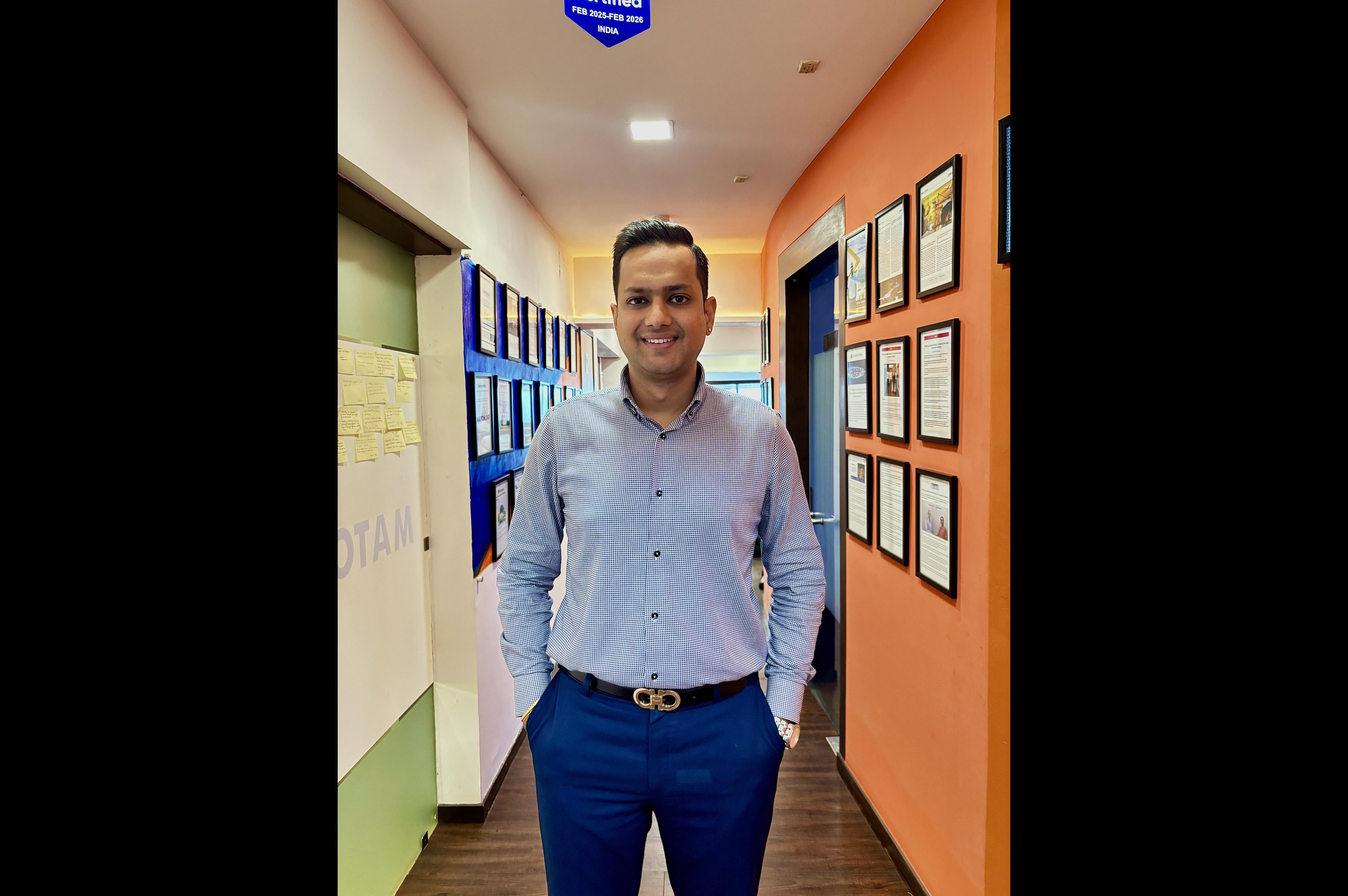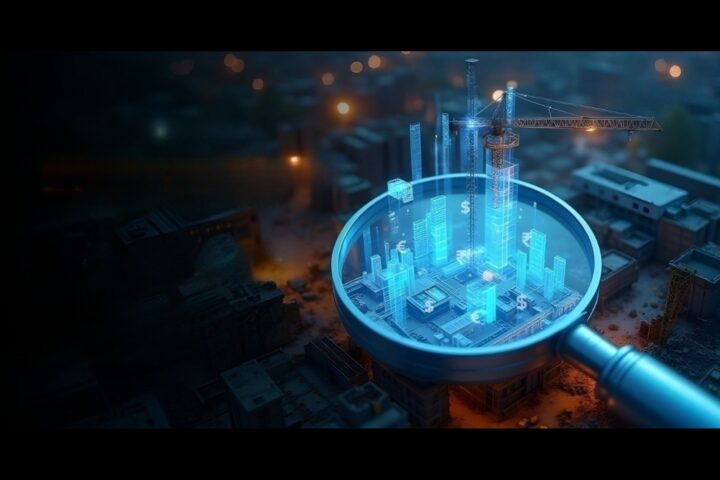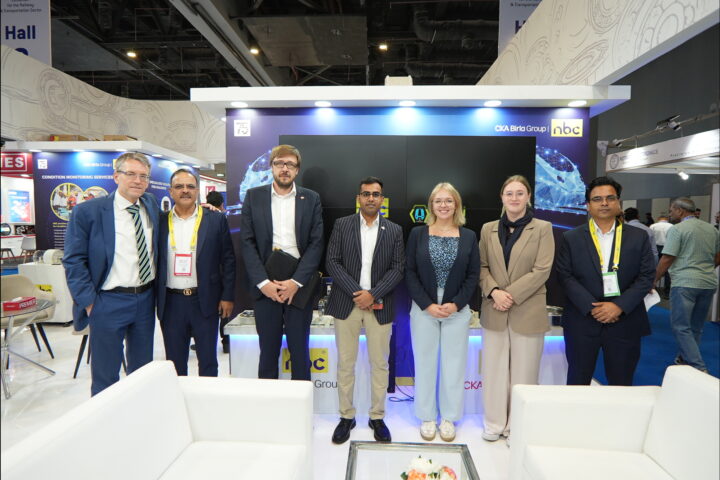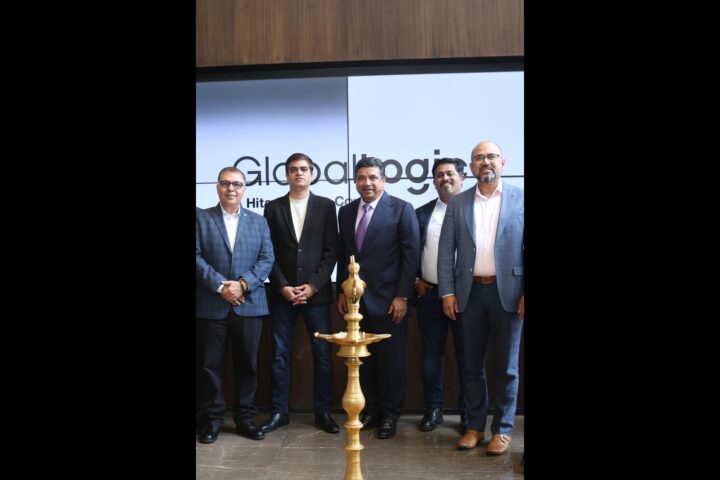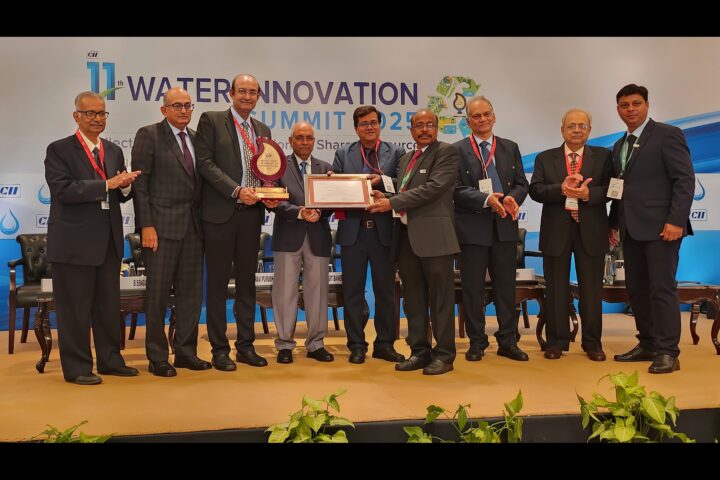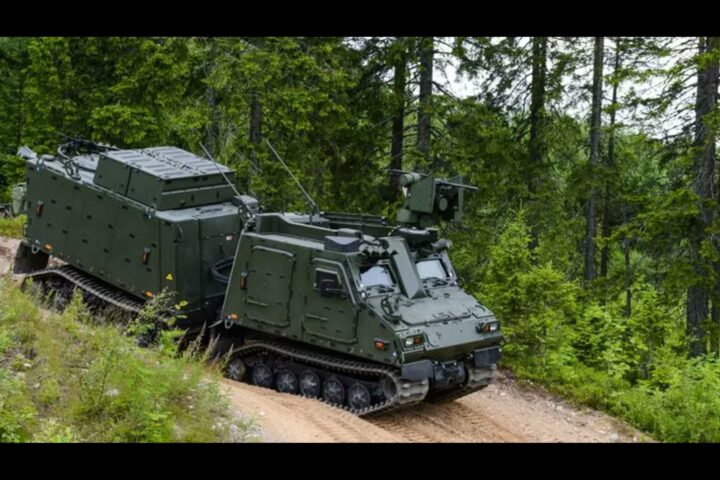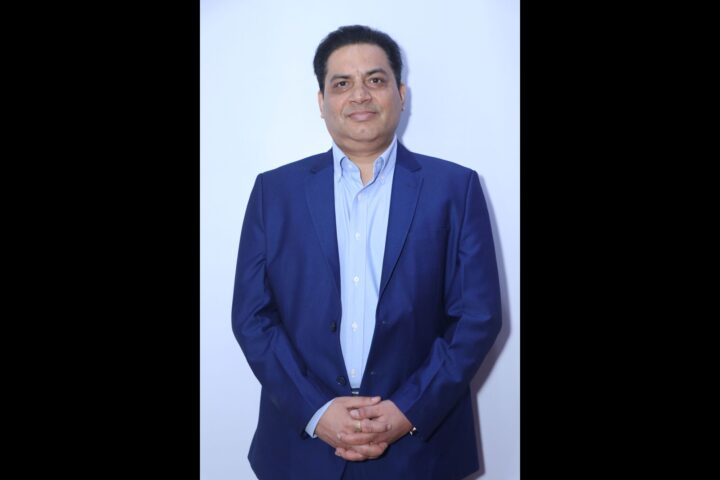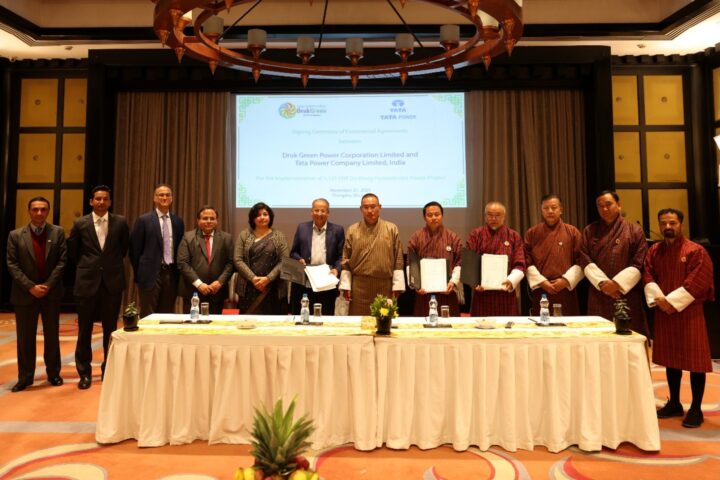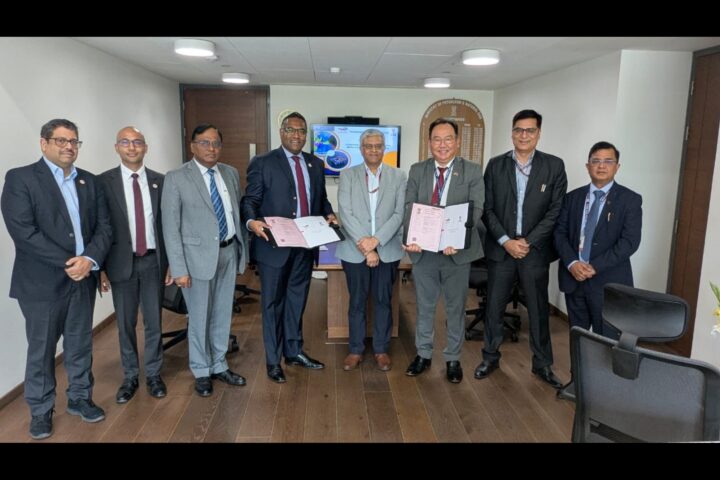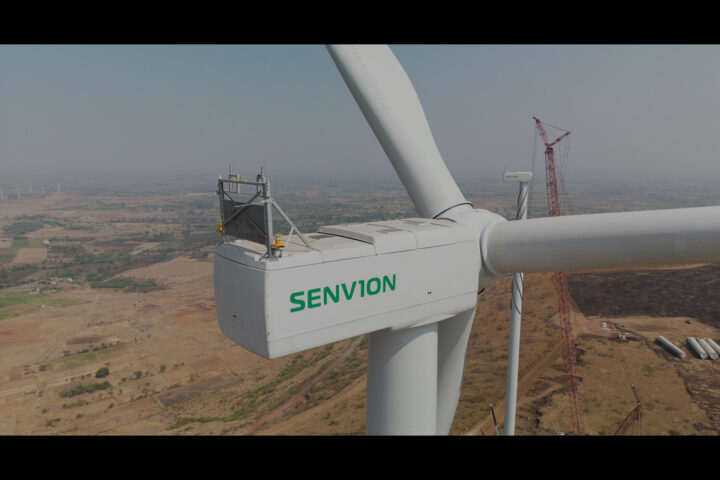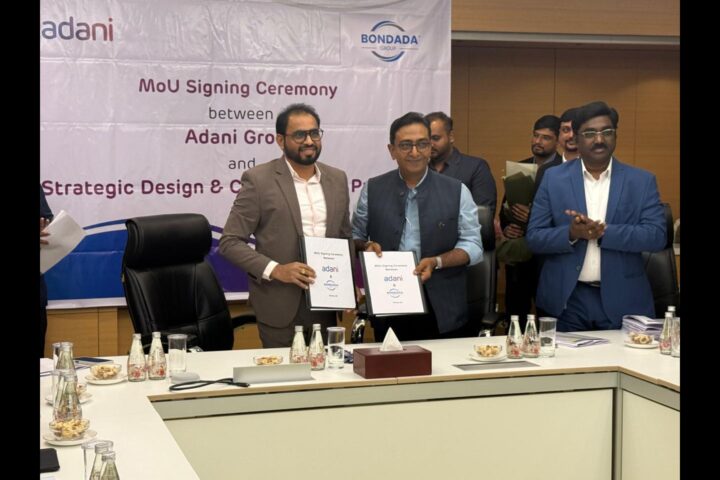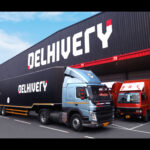What is your assessment of the current landscape of the logistics sector in India?
India is undergoing a foundational transformation driven by new policy frameworks and infrastructure upgrades. The country has greatly benefited from the China Plus One strategy, and government interventions through initiatives like NLP, Sagarmala, DFC, and ULIP clearly indicate the recognition of logistics as a strategic enabler of economic growth. However, challenges such as fragmentation and low digitisation still persist. Customers are shifting from cost-based to value-based logistics, and companies that can blend technology with operational excellence will be well-positioned for sustained growth.
What are some of the standout achievements or solutions your organisation has introduced in the past year, and how are they addressing current market demands or operational challenges?
We’ve focused on reducing empty container runs and enabling higher asset utilisation for each stakeholder – including fewer empty trips and more revenue for truckers, and higher utilisation of containers owned by shipping lines. Our matchmaking platform, STinder, connects the trade and enables the direct reuse of import containers for exports. This has delivered up to 15–20% cost savings and a 30% reduction in carbon emissions per trip. In the past year, we onboarded over 1,500 new transporters across India, expanding our zero-empty promise to more corridors. At the India level, a container typically takes 44 days to exit the country once it enters as an import. MatchLog has successfully reduced this turnaround time to under 10 days. On average, a shipping line earns USD 15 per day when a container is in rotation with cargo. MatchLog has enabled incremental revenue of over USD 500 per trip for shipping lines through container reuse. In today’s volatile freight market, this represents a strong and unique value proposition.
The logistics sector remains highly unorganised, with a significant portion still dominated by informal players. How does your company plan to increase its market share in this competitive and fragmented landscape?
Our primary customer base is transporters – and in India, 95% of them own fewer than five vehicles. This segment is highly unorganised and fragmented. We are enabling informal and small fleet operators to digitise their operations through our TES product by integrating them into a structured, tech-enabled ecosystem. We also help increase their revenue by providing return export loads, creating a strong value hook. This not only improves their earnings but also enhances their ability to serve enterprise clients. We believe that inclusive growth, where even the smallest transporter benefits, is key to unlocking scale in India’s logistics sector.
Though the government has taken various initiatives, challenges persist in the logistics sector. What further steps do you believe it should take to enhance growth and efficiency?
To unlock innovation and value at scale, steps could include building digital public infrastructure accessible to businesses, accelerating multimodal infrastructure development, streamlining regulatory processes with clear guidelines on carbon measurement and carbon credits, directly promoting sustainable and green logistics, and standardising documentation to enhance trade facilitation.
To enhance logistics operations, the government has introduced the National Logistics Policy (NLP) and the PM Gati Shakti initiatives. How is your company leveraging these opportunities to drive growth and efficiency?
We’re collaborating with port authorities, shipping lines, CFSs, and ICDs to build digital interfaces that reduce paperwork, improve container visibility, and promote reuse across the trade. By aligning our MiSTY locations with the Gati Shakti infrastructure, we’re also exploring smarter logistics networks to reduce idle time and emissions.
What technologies (IoT, AI, GPS tracking, WMS, TMS, blockchain) have you implemented to enhance logistics efficiency and to ensure consistent and prompt service?
We use a blend of AI-powered demand and supply prediction and GPS-based trip visibility through our proprietary TES to manage container tracking in real time. Our triangulation engine on STinder uses historical data to identify potential reuse pairings and live data to match import and export loads, reducing the need for repositioning and empty trips
How are you incorporating sustainability into your operations – such as EV fleets, carbon tracking, or green warehousing – and what challenges do you face in transitioning to greener logistics models?
Sustainability is at the core of our model. Every container match eliminates one empty trip, directly reducing carbon emissions. We provide clients with carbon saving reports and are developing automated CO₂ tracking dashboards. However, broader sector-wide buy-in is still lacking, which limits the implementation of some obvious green solutions.
What are the biggest operational challenges currently facing the logistics sector – such as fuel costs, regulatory issues, or skilled workforce shortages?
Fragmented compliance frameworks across states and a shortage of skilled operators at various touchpoints – especially those who can process data digitally – are major challenges. There is also a growing demand for faster, tech-enabled services from enterprise clients, which many small operators struggle to deliver. We address this through training, onboarding support, and offering digital tools in local languages to bridge the adoption gap.
What key trends do you foresee shaping the logistics sector over the next five years, and how is your company preparing to stay competitive and future-ready?
We foresee multimodal integration becoming mainstream, sustainability metrics becoming core KPIs, and broader tech adoption for real-time decision-making. We are actively investing in all of these – through partnerships, technology upgrades, and policy engagement – to build an inclusive and greener logistics ecosystem for India.


